Oranges are the quintessential cure for the mid-winter blues: they’re colorful, juicy, and high in immune-boosting Vitamin C. If you live in places like Southern California or Florida, you’re lucky to have access to fresh and locally grown oranges. But even if you don’t, you’ll probably find oranges in large supply at the grocery store during the winter months.
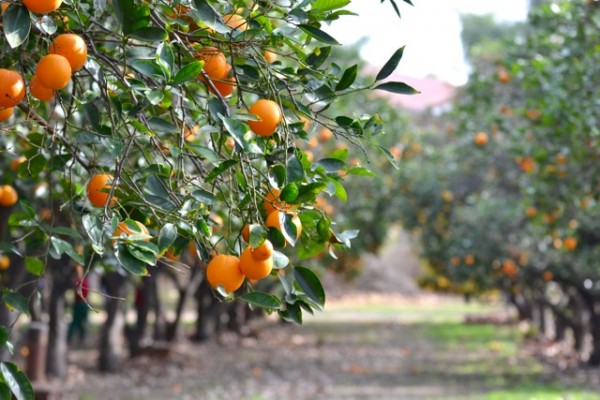
To stock up on our seasonal dose of oranges, we went orange picking at one of our favorite spots, the old original orange grove at the La Verne Heritage Foundation in La Verne, CA. They have delightful and easy organic orange-picking opportunities on Saturday mornings through February from 9:00 a.m. to 3:00 p.m. (oranges are $5 per bag).
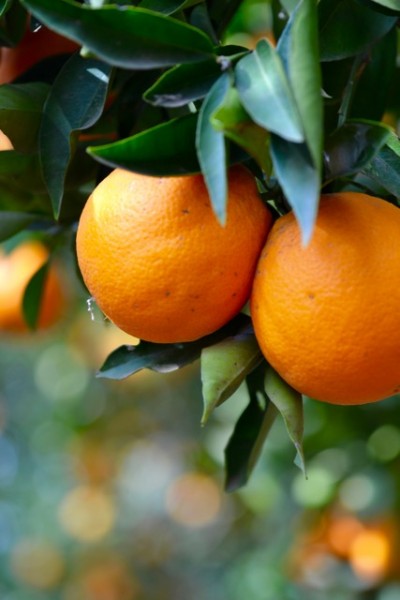
With every bag you pick, you’ll get a little bit of history as well. The farmhouse on the 1.5-acre grove was originally built in the 1880s , served as the ranch homestead for 100 years, was then abandoned and finally saved from demolition and preserved in 1984. It now stands as a perfectly preserved monument to Southern California farm life in the late 1800s.
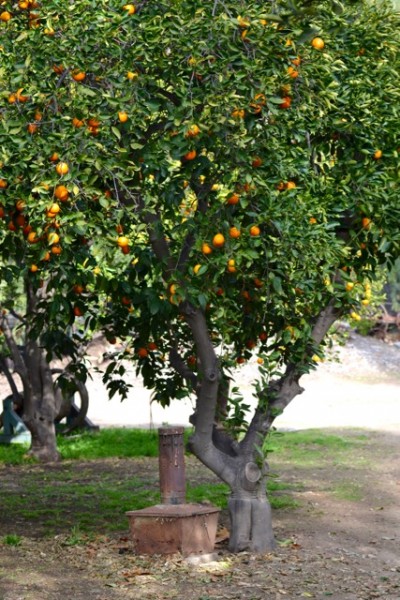
Fun fact: Each orange tree on the farm has its own “smudge pot” – an old-timey oil-burning device that was used to keep frost off citrus trees. Of course smudge pots are no longer used, but they still represent an iconic part of Southern California history (in fact, some rival Southern California football teams still compete for a smudge pot trophy).
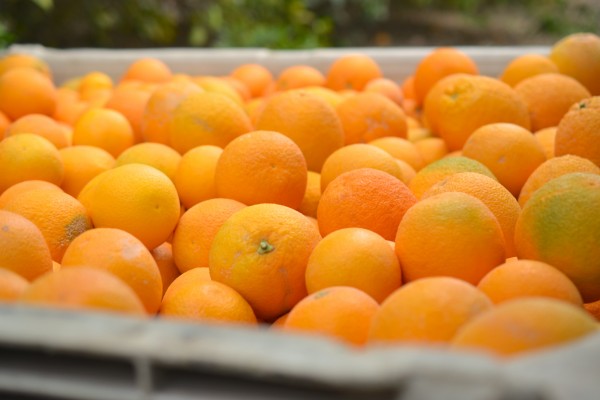
Anyway, back to oranges: Oranges are little winter nutritional powerhouses: They’re high in Vitamin C, of course, but they’re also high in fiber, and they’re a good source of B vitamins including vitamin B1, pantothenic acid, and folate as well as vitamin A, calcium, copper, and potassium. Extra bonus: The compounds in oranges have been found to prevent kidney stones and ulcers, and protect respiratory health. Let’s just say, an orange a day will keep the winter blues away.

How do you eat oranges? We’ve had a great deal of debate on this in the Jolly Tomato household. We’ve broken it down into four basic ways to slice and serve oranges (clockwise from one o’clock on this picture): wedges, segments, slices, and peeled discs. We call the wedge version the “soccer cut” because that’s how teams always seem to serve oranges during soccer games; and we call the slice version the “diner cut” because that’s the garnish that’s often on a plate at the diner.
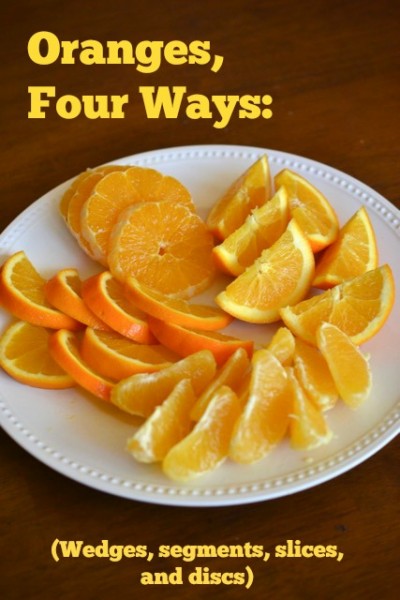
Each cut has its own merits and its own champion in our household (How can you not love the peeled disc? We’re mystified as to why our kids don’t like this one.). Which one do you like the best? Have you tried all of them? Are your kids more likely to eat them cut one way versus another? That’s another great thing about oranges – they keep the conversation going.

 Hi! I'm Jeanne Fratello - a writer, reporter, and food enthusiast who is on a mission to write great stories about food and where your food comes from.
Hi! I'm Jeanne Fratello - a writer, reporter, and food enthusiast who is on a mission to write great stories about food and where your food comes from.
No comments yet.